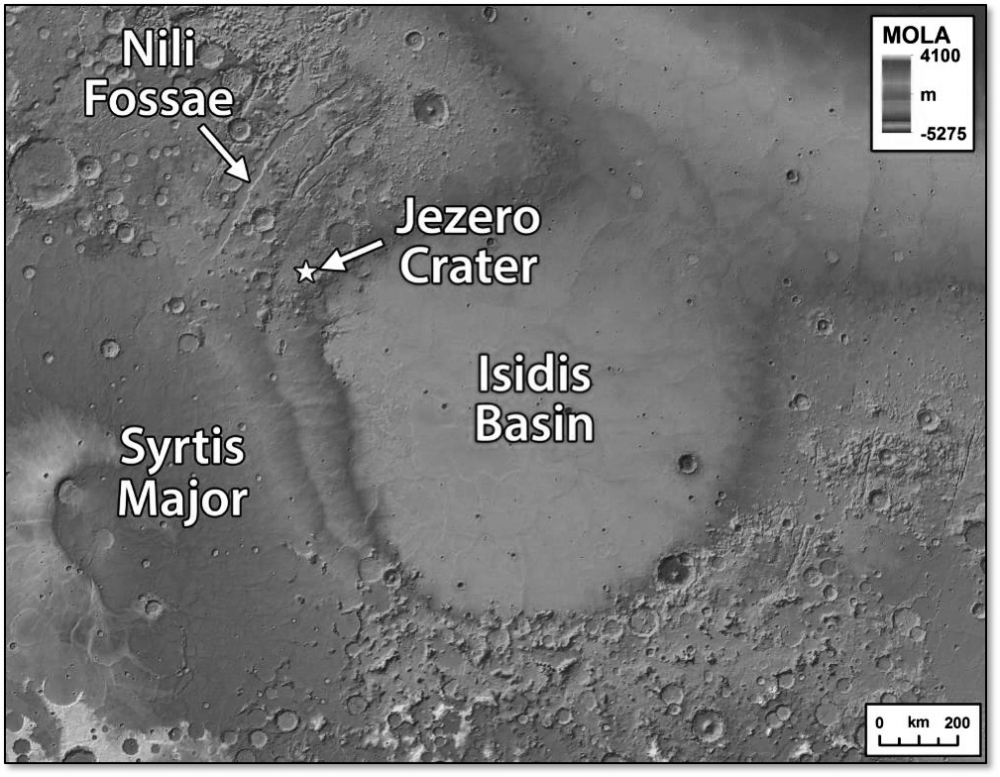Following the announcement of the program nearly six years ago, the Mars 2020 rover mission has selected the Jezero Crater as its landing site. The crater is a location analyzed and recommended by multiple researchers from the Brown scientific community.
The Jezero Crater is a now-dry open basin lake that once included a delta, much like the Mississippi Delta. This is particularly ideal for sampling since the water deposits organic material toward the bottom of the lake, said Jim Head, professor of geological sciences. The crater also sits at the intersection of three geographical points on the surface of Mars, making it particularly well-suited for exploration. The crater borders a basin, lies on a volcanic plain and is intersected by a number of fractures, said Jack Mustard, professor of earth, environmental and planetary sciences and professor of environment and society. “The Jezero Crater is an outstanding place to look at (the) confluence of geology and mineralogy to test if life ever existed,” he added.
The presence of two minerals in the crater — carbonate and olivine — points toward the prior existence of organic processes and the possibility of past life, albeit primitive life, Mustard said. Olivine is a green mineral that, when weathered or steeped in water, produces hydrogen to form methane, two key products for food of microbes. Carbonate is a mineral that is a known by-product of olivine consumption.
Jezero was chosen through an extensive site selection process that included around 30 proposed locations. “It’s like a county fair bake off,” Head said. During these workshops, researchers presented the reasons why their site, and the ensuing exploration, would be promising. “It’s a very passionate process. … You take a personal interest in the sites you are looking at,” Mustard said. As workshops went on, the sites were ranked; researchers then looked into those that received high scores. Ultimately, a final workshop decided on the Jezero Crater as the landing site for the rover. “It was a really nice convergence of research, missions and community interests in solving these fundamental scientific problems,” Head said.
Once launched, the rover will be equipped with similar tools to those of the Curiosity rover, which is currently exploring the Gale Crater on Mars. It will be able to analyze composition, detect organics and analyze trace gases, and will be equipped with a ground-penetrating radar to see subsurface structure, Head said. Though there are many possibilities that researchers can anticipate, they still believe there will be developments and findings that will surprise them. “Simply put, science is the exploration of the unknown. … Almost always, the big payoff is in the things we don’t anticipate,” Head said.
The launch is scheduled for July 2020, according to a NASA press release. But a considerable amount of work remains to be completed, Mustard said. Researchers hope to better characterize the landing site, develop an exploration strategy and enhance the engineering of certain tools — especially sampling tools — before the launch, Head and Mustard said.
“We’re all interested in, ‘Did life ever exist elsewhere in the universe’ and the first place to look might be Mars,” Mustard said.





